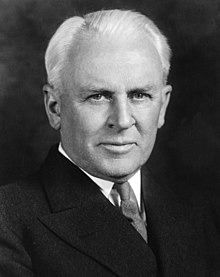1910

During the 1890s the theory that electricity was conveyed by a miniscule unit, the electron, gained acceptance. In 1910 Robert Millikan succeeded in precisely determining the magnitude of the electron's charge. Small electrically charged drops of oil were suspended between two metal plates where they were subjected to the downward force of gravity and the upward attraction of an electrical field. By measuring how the various drops of oil moved about, Robert Millikan showed that their charge always was a multiple of a precisely determined charge - the electron's charge.
Quite often we physicists say that we see those things on which we are working, no matter how small, or even abstract they may be. There is little doubt, however, that inside the apparatus used by Millikan there was a world of particles with which he became so familiar that he unblushingly claimed to see things in that world.
Physics requires experiments, accurate measurement and, of course, conclusions to be drawn. There are numerous examples of decisive experiments in the history of physics. One of the most famous and important of these was that which enabled the determination of the charge of the electron, conducted by Millikan in 1909, which has become known as the oil-drop experiment or simply Millikan’s experiment. Indeed, it is considered to be one of “most beautiful experiments in physics” and was pivotal in enabling the measurement of the charge of the electron
